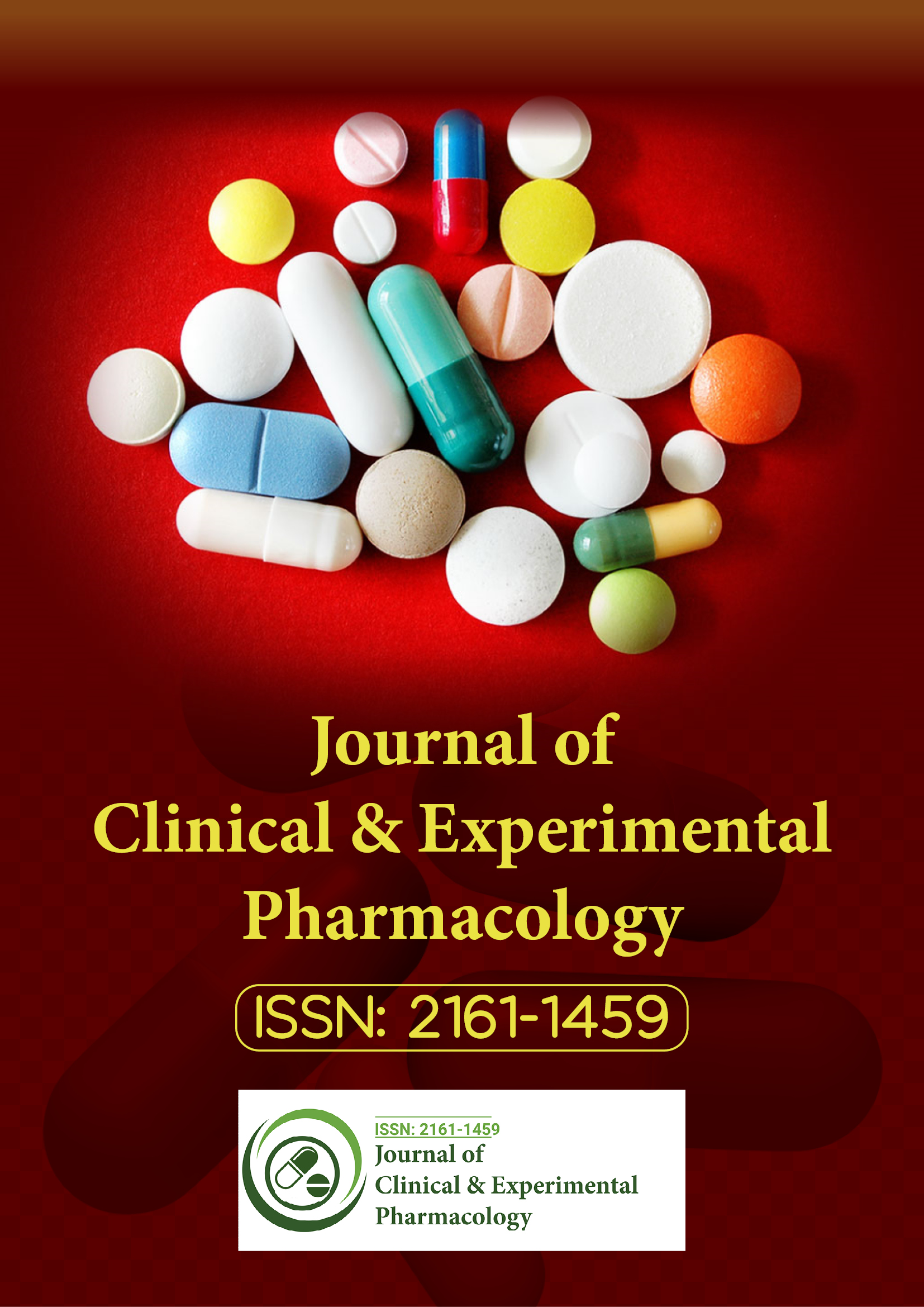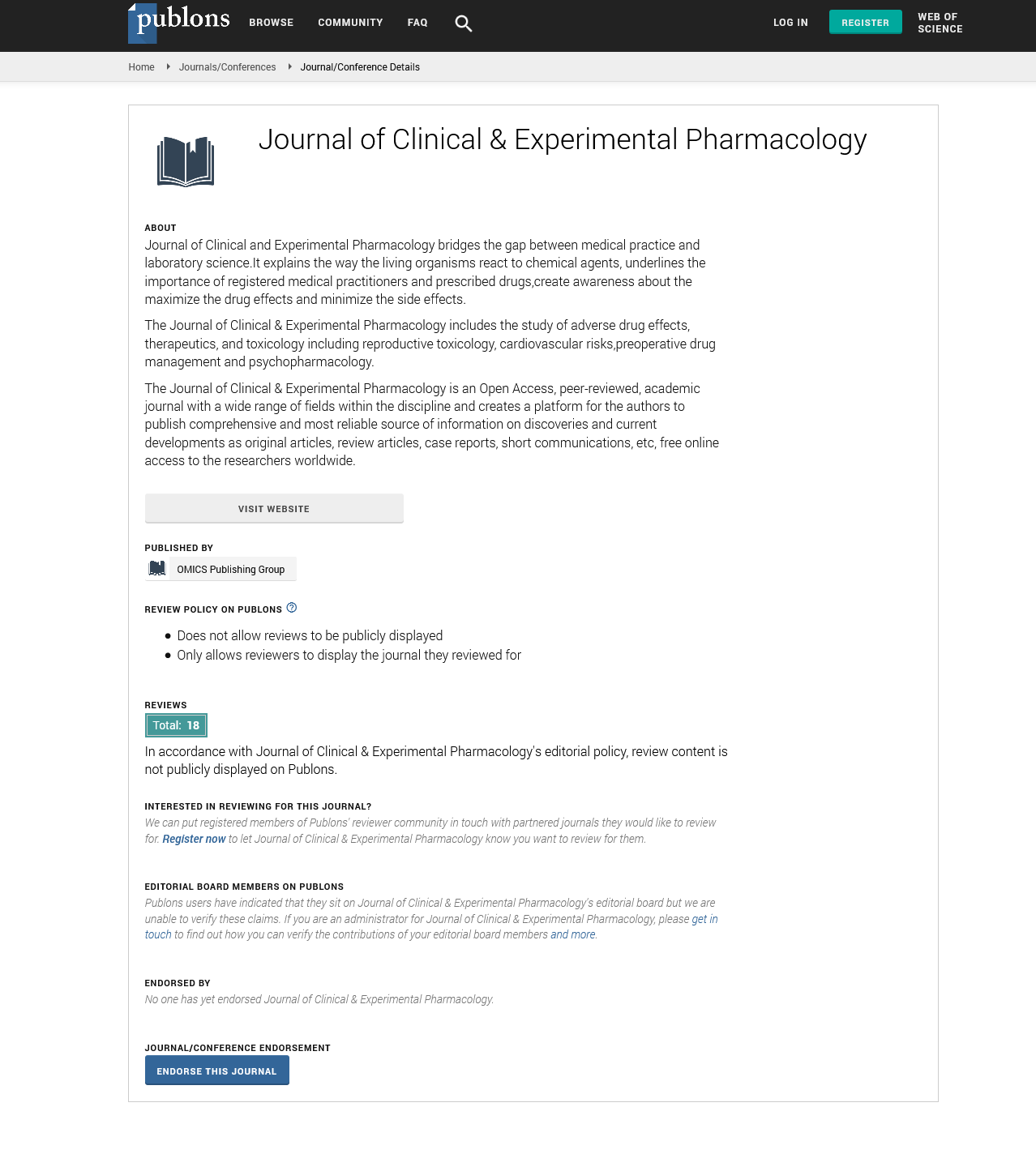Indexed In
- Open J Gate
- Genamics JournalSeek
- China National Knowledge Infrastructure (CNKI)
- Ulrich's Periodicals Directory
- RefSeek
- Hamdard University
- EBSCO A-Z
- OCLC- WorldCat
- Publons
- Google Scholar
Useful Links
Share This Page
Journal Flyer

Open Access Journals
- Agri and Aquaculture
- Biochemistry
- Bioinformatics & Systems Biology
- Business & Management
- Chemistry
- Clinical Sciences
- Engineering
- Food & Nutrition
- General Science
- Genetics & Molecular Biology
- Immunology & Microbiology
- Medical Sciences
- Neuroscience & Psychology
- Nursing & Health Care
- Pharmaceutical Sciences
Assesment of the antigenotoxic activity of hymenoptera venoms by assays with Hepg2 cells
World Congress on Pharmacology
July 20-22, 2015 Brisbane, Australia
Maria Aparecida Marin-Morales and Marcia Miyuki Hoshina
Posters-Accepted Abstracts: Clin Exp Pharmacol
Abstract:
Hymenoptera venoms are constituted by a complex mixture of chemically or pharmacologically bioactive agents and that may also contain substances capable of inhibiting and/or decreasing the genotoxic action of other compounds that are able to induce damages in the genetic material. In this study we evaluated the cytotoxic, genotoxic and antigenotoxic activities of the venoms of the bee Apis mellifera and of the wasp Polybia paulista using the HepG2 test system. We used 3 concentrations that were considered non cytotoxic to evaluate the genotoxic potential of the venoms (comet assay and micronucleus test). It was observed that these concentrations were genotoxic, therefore we used lowest concentrations to assess the antigenotoxic effects. These new concentrations showed that both venoms, instead of inhibiting and/or diminishing the genotoxic effect of methyl methane sulfonate (substance used as positive control), increased even more the damages caused by this compound. It was also observed that both venoms were able to induce lipid per oxidation and alter the activities of some antioxidant enzymes (CAT, SOD, and GST). Thus, the genotoxicity of the venoms could be caused by the induction of reactive oxygen species (ROS) that interacted with biological membranes and with the DNA of the exposed cells. From this study, we can conclude that the use of Hymenoptera venoms for pharmacological purposes, for example in the treatments of cancer, should be done with extreme caution, since it was observed that even very low concentrations of these bioactive compounds can induce genotoxicity for human cells, as observed in the HepG2 cells.

